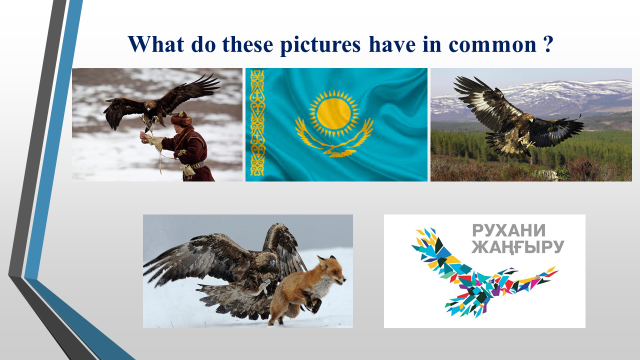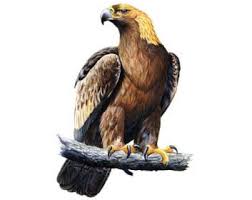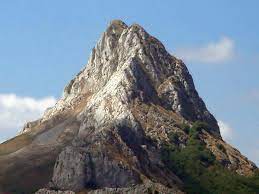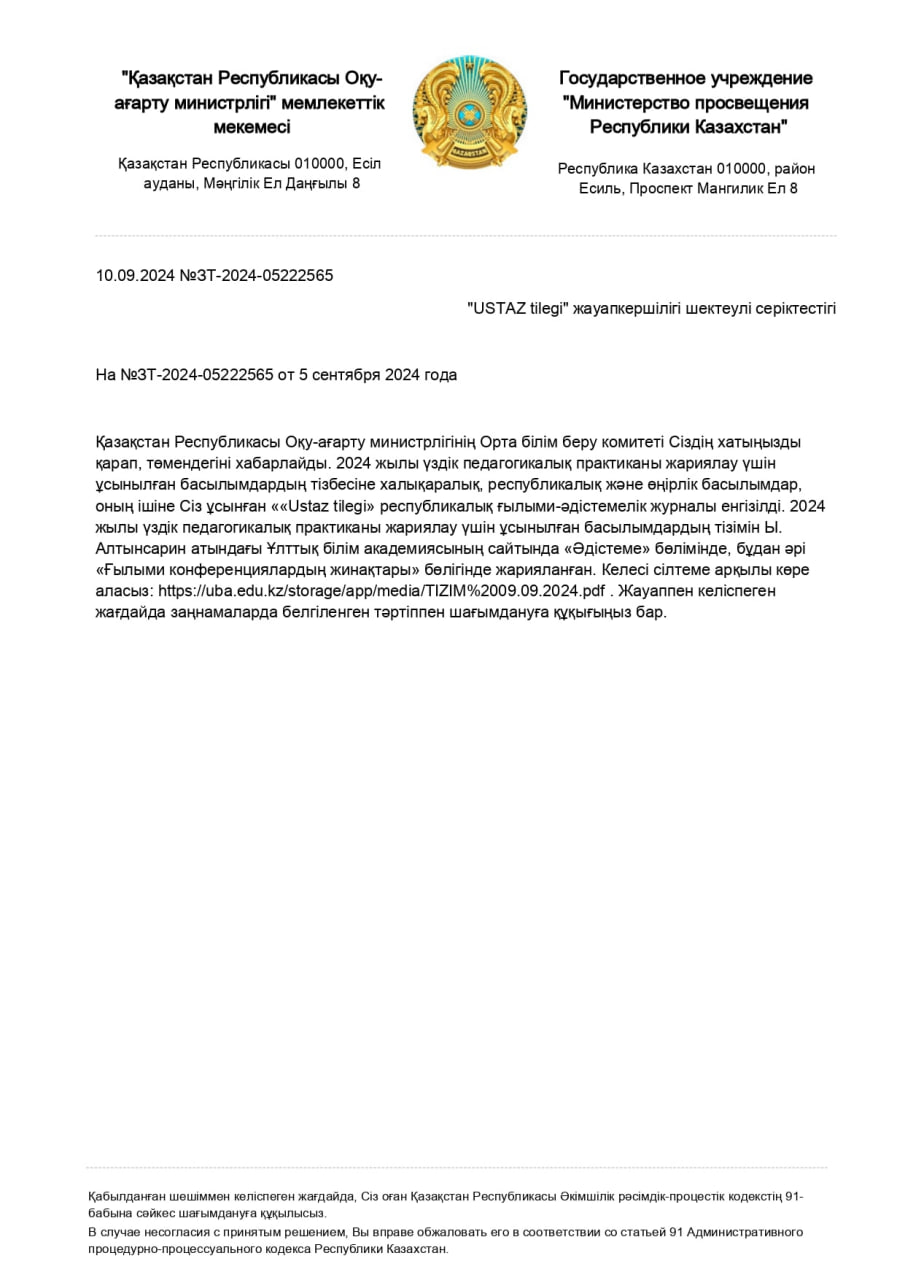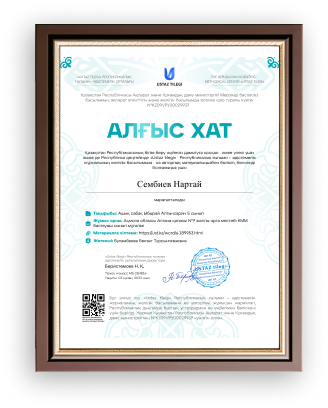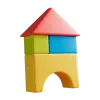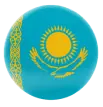
Short- term plan
Lesson plan
|
Long-term plan: Module 2 The animal world |
College: Taskala college |
||||||||||||||||||||||||||||||||||||||||||||||||||||||||||||||||||||||||||||||||||||||||||||
|
Date: 16.07.2021 |
Teacher name: Kadralieva Fariza Sakipkalievna |
||||||||||||||||||||||||||||||||||||||||||||||||||||||||||||||||||||||||||||||||||||||||||||
|
Grade: 11 |
Number present: |
Absent: |
|||||||||||||||||||||||||||||||||||||||||||||||||||||||||||||||||||||||||||||||||||||||||||
|
Lesson title: Golden eagles |
|||||||||||||||||||||||||||||||||||||||||||||||||||||||||||||||||||||||||||||||||||||||||||||
|
Learning objectives |
11.1.6.1 organize and present information clearly to others 11.2.3.1 understand the detail of an argument in unsupported extended talk on a wide range of general and curricular topics, including talk on a growing range of unfamiliar topics 11.3.5.1 interact with peers to make hypotheses and evaluate alternative proposals on a range of familiar and some unfamiliar general and curricular topics 11.4.5.1 deduce meaning from context in extended texts on a wide range of familiar and unfamiliar general and curricular topics |
||||||||||||||||||||||||||||||||||||||||||||||||||||||||||||||||||||||||||||||||||||||||||||
|
Lesson objectives |
Аll learners will be able to
Most learners will be able to
Some learners will be able to - justify their own point of view on a range of general and curricular topics - analyze and classify the main information - arrange a range of reported speech forms for statements, questions and commands on a familiar topic |
||||||||||||||||||||||||||||||||||||||||||||||||||||||||||||||||||||||||||||||||||||||||||||
|
Assessment criteria |
|
||||||||||||||||||||||||||||||||||||||||||||||||||||||||||||||||||||||||||||||||||||||||||||
|
Value links |
National unity, peace and harmony in our society (Mangilik Yel’2) |
||||||||||||||||||||||||||||||||||||||||||||||||||||||||||||||||||||||||||||||||||||||||||||
|
Cross curricular links |
Biology |
||||||||||||||||||||||||||||||||||||||||||||||||||||||||||||||||||||||||||||||||||||||||||||
|
ICT skills |
Smart board for showing a presentation, getting additional information, playing the video files |
||||||||||||||||||||||||||||||||||||||||||||||||||||||||||||||||||||||||||||||||||||||||||||
|
Previous learning |
Journey biological understanding. |
||||||||||||||||||||||||||||||||||||||||||||||||||||||||||||||||||||||||||||||||||||||||||||
|
Plan |
|||||||||||||||||||||||||||||||||||||||||||||||||||||||||||||||||||||||||||||||||||||||||||||
|
Planned timings |
Planned activities |
Resources |
|||||||||||||||||||||||||||||||||||||||||||||||||||||||||||||||||||||||||||||||||||||||||||
|
Start 5 min |
(W) Greeting - Good day, dear students! Glad to see you! I wish you a great day! (W, f) Brainstorming. “Golden key” Look at the pictures and try to guess what it is about
It is the national bird of Kazakhstan. This predator is an important symbol of the country and its culture. It is revered! People here love this bird so much, and respect it, too. It represents the country's independence, freedom. This bird is one of the few components of the Kazakh flag. -What is the theme of our lesson? -What do you think, what we will talk about today? (When they have suggested some answers teacher informs students about the lesson title and objectives) (students write the date and the theme of the lesson) Descriptor - guess the title of the lesson F.A. “Raised hands” |
Slide 1 |
|||||||||||||||||||||||||||||||||||||||||||||||||||||||||||||||||||||||||||||||||||||||||||
|
Middle 30 min End 5 min |
(G, I, f) Pre-listening-speaking. “ Connect with definitions” Watch the video and connect words with their definitions Habitat and distribution- Breeding chicks, associated in most birds with twisting, nesting Appearance- Еverything that surrounds this or that living organism Diet- Maintaining the life and health of a living organism with food Nesting- Aspect Conservation- Safeguarding Descriptor: - watch and listen to the video attentively - connect words with their definitions F.A. “Think – Pair – Share”
(G, I, f) While-listening-speaking Differentiation by tasks and resources (interests, mixed ability) Students choose the pictures and make up 3 groups: “Steppe eagles”, “Mountain eagles” and “Rock eagles” The 1-st group (G, I, f) “Skimming and Scanning” Read and find out the new vocabulary The Golden Eagles of Kazakhstan.
There are four subspecies of golden eagle in the country. They nest in the West, in the North, in the Kyzylkum Desert and in the Tien Shan Mountains.
Their plumage is mainly dark brown, but their name comes from the golden feathers on their heads and necks. Full-groun adults can weigh between 3 and 6.6 kg, and their wingspan can be over two meters!
Golden eagles are carnivores and prey on rodents, hares, rabbits, and even foxes. What makes them expert hunters is their amazing eyesight- they can detects small animals at distances of 1/5 km!
Golden eagles often mate for life. They begin reproducing at 4-5 years old and can live for up to 30 years in the wild. An eagle’s nest is called an eyrie, and it can be 1.5 meters across, or even larger.
Sadly, golden eagles are in danger on Kazakhstan. Conservation groups have been working to change the situation, and the Sunkar Reserve is currently breeding golden eagles and releasing them into the wild each year to increase the population. Descriptor: -read the text -find out the new vocabulary and explain their meaning
F.A. “Talk to each other" Students discuss with other how they would accomplish a particular task, explain a specific idea or talk about some knowledge they have gained. Teacher’s task is to walk around the room and listen in on the student conversations and oral comment) The 2-nd group (G, f) “Make up a poster” Make up a poster about golden eagles based on the text
Descriptor: - make up a poster - present poster at the blackboard F.A. Teacher assesses orally: Terrific! That’s a lot better! That’s incredible! The 3-rd group (G, f) “Essay” Write an essay on the theme “golden eagle is a symbol of our country”. (5-6 sentences) Descriptor: - write an essay - reads essay at the blackboard F.A. “Self-assessment” (I, G, f) Post-listening-speaking. “True or False” Choose True or False to complete the statements 1. The golden eagle is the national animal of Kazakhstan 2. The golden eagle has excellent eyesight 3. There are ten subspecies of golden eagle in the country. 4. Golden eagle can live next to people 5. Golden eagles begin reproducing at 4-5 years old. 6. Golden eagles can live for up to 3 years in the wild. 7. Usually golden eagles have several nests 8. Golden eagles are very ancient birds 9. An eagle’s nest is called an eyrie. 10. In Central Asia, golden eagles were very significant 11. Golden eagles are not in danger on Kazakhstan.
-complete the statements F.A. “ Participation Cards”. Each student has three cards—“I agree,” “I disagree,” and “I don’t know how to respond”Evaluation Students match the place (level), what they have achieved at the end of the lesson, on the mountain.
ЖИ арқылы жасау
ЖИ арқылы жасау
Бөлісу 1 - айлық Материал тарифі-96% жеңілдік 00 05 00 ҚМЖ
Ашық сабақ
Тәрбие сағаты
Презентация
БЖБ, ТЖБ тесттер
Көрнекіліктер
Балабақшаға арнарлған құжаттар
Мақала, Эссе
Дидактикалық ойындар
және тағы басқа 400 000 материал
Барлық 400 000 материалдарды шексіз жүктеу мүмкіндігіне ие боласыз 1 990 ₸ 49 000₸ 1 айға қосылу Материалға шағымдану Бұл материал сайт қолданушысы жариялаған. Материалдың ішінде жазылған барлық ақпаратқа жауапкершілікті жариялаған қолданушы жауап береді. Ұстаз тілегі тек ақпаратты таратуға қолдау көрсетеді. Егер материал сіздің авторлық құқығыңызды бұзған болса немесе басқа да себептермен сайттан өшіру керек деп ойласаңыз осында жазыңыз Жариялаған: Кадралиева Фариза СакипкалиевнаШағым жылдам қаралу үшін барынша толық ақпарат жіберіңіз Ашық сабақ: "Golden Eagles" 1 курс
Тақырып бойынша 11 материал табылды
Ашық сабақ: "Golden Eagles" 1 курсМатериал туралы қысқаша түсінік
Ағылшын тілі пәнінен ашық сабақ: "Golden Eagles" (11 сыныбының Action оқулығы бойынша құрылған . Авторлары: Jenny Dobee, Bob Obee)
Материалдың қысқаша нұсқасы Short- term plan Lesson plan
| ||||||||||||||||||||||||||||||||||||||||||||||||||||||||||||||||||||||||||||||||||||||||||||


